The 5 things you should never recycle at home – 'most people don’t realize' how damaging it can be, experts warn
One wrong move can make the whole batch redundant, experts warn


Placing as much as possible in our recycling bins is great for so many reasons: it helps the planet, helps keep our home tidy, makes us feel positive as we're contributing to a greener future, and the list could go on.
But placing the wrong items in our recycling bins can lead to repercussions, from making the job of professionals sorting through recycling harder to breaking expensive machinery needed to sort through it all.
If you're looking to be more sustainable at home, taking time to learn more about what items are and aren't recyclable is a good starting point. To help you begin, we asked experts in waste management and the environment which non-recyclables are most commonly placed in the recycling bin. Here's what they had to say.
5 things you should never recycle at home
1. Anything still containing food or liquid
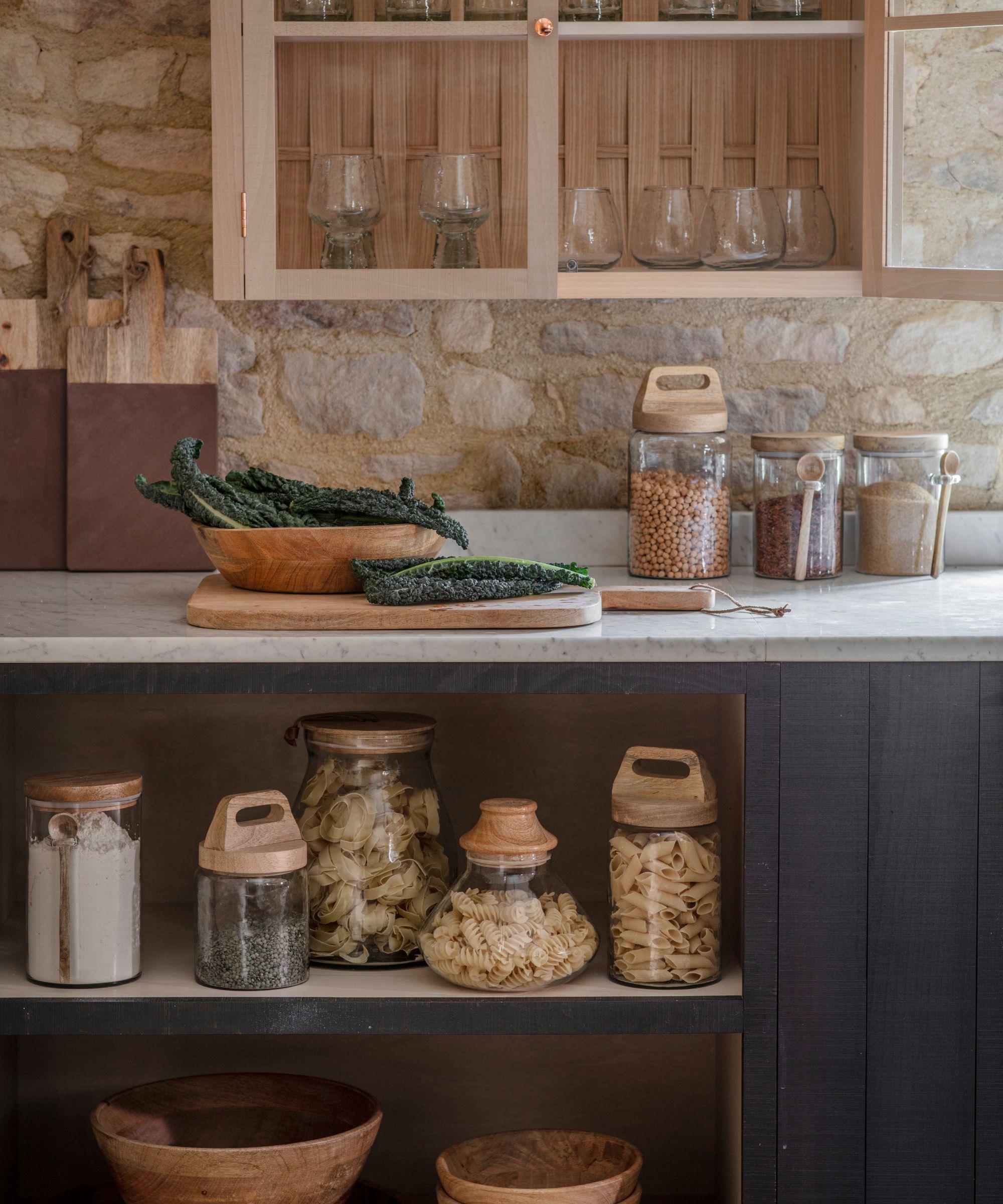
Food should be emptied out, and the container cleaned.
Tubs, trays, and bottles still containing leftover food and drink are one of the most common problems in the recycling stream. Not only can they not be recycled in their current state, but they also cause food and drink to spill all over other recyclable goods, making those harder to recycle as well.
Sandra Goldmark, associate dean at the Columbia Climate School, says, 'There are certain items that pretty reliably, across regions, should not be thrown into the recycling, including food scraps. Food scraps can represent as much as 30% of a municipal solid waste stream, which is problematic when mixed in with recyclables.'
Instead of throwing these items in with your recyclables, try to get into the habit of pouring away surplus liquids clearing your food scraps into the trash and/or using kitchen waste in the garden first. Then, in many cases, your packaging will be safe to recycle.
Using durable, reusable food containers such as the Rubbermaid Brilliance Food Storage Container Set of 36 from The Container Store to organize your kitchen without plastic. is another great way to reduce pollution in the recycling stream, too.
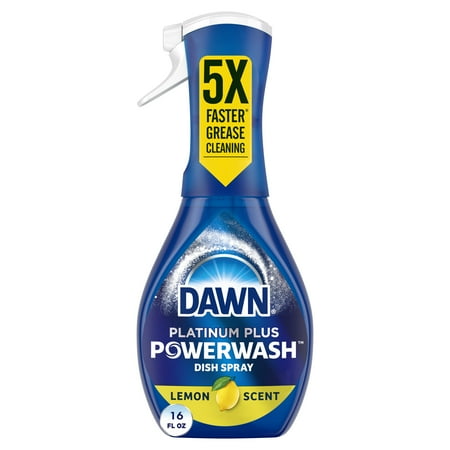
With a fresh lemon scent and a concentrated soap formula, Dawn Powerwash breaks down grease to limit how much you need to scrub.
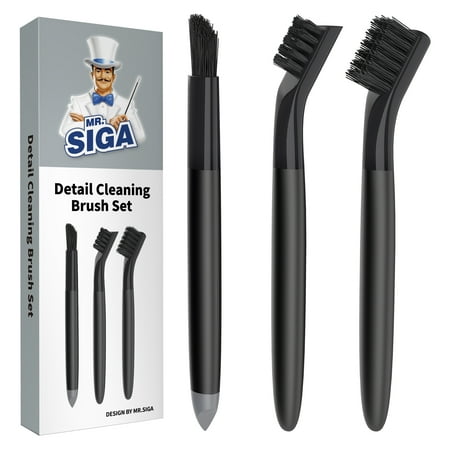
These small detail cleaning brushes are perfect for getting into the nooks and crannies of containers, making them ready for recycling.
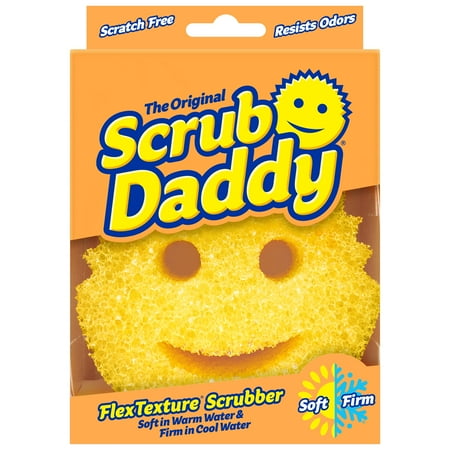
The Scrub Daddy sponge softens under hard water and toughens under cold water, allowing you to adjust the level of abrasion you need depending on the task at hand. They are great at breaking down tough grease and grime.
2. Loose plastic bags or bagged recycling
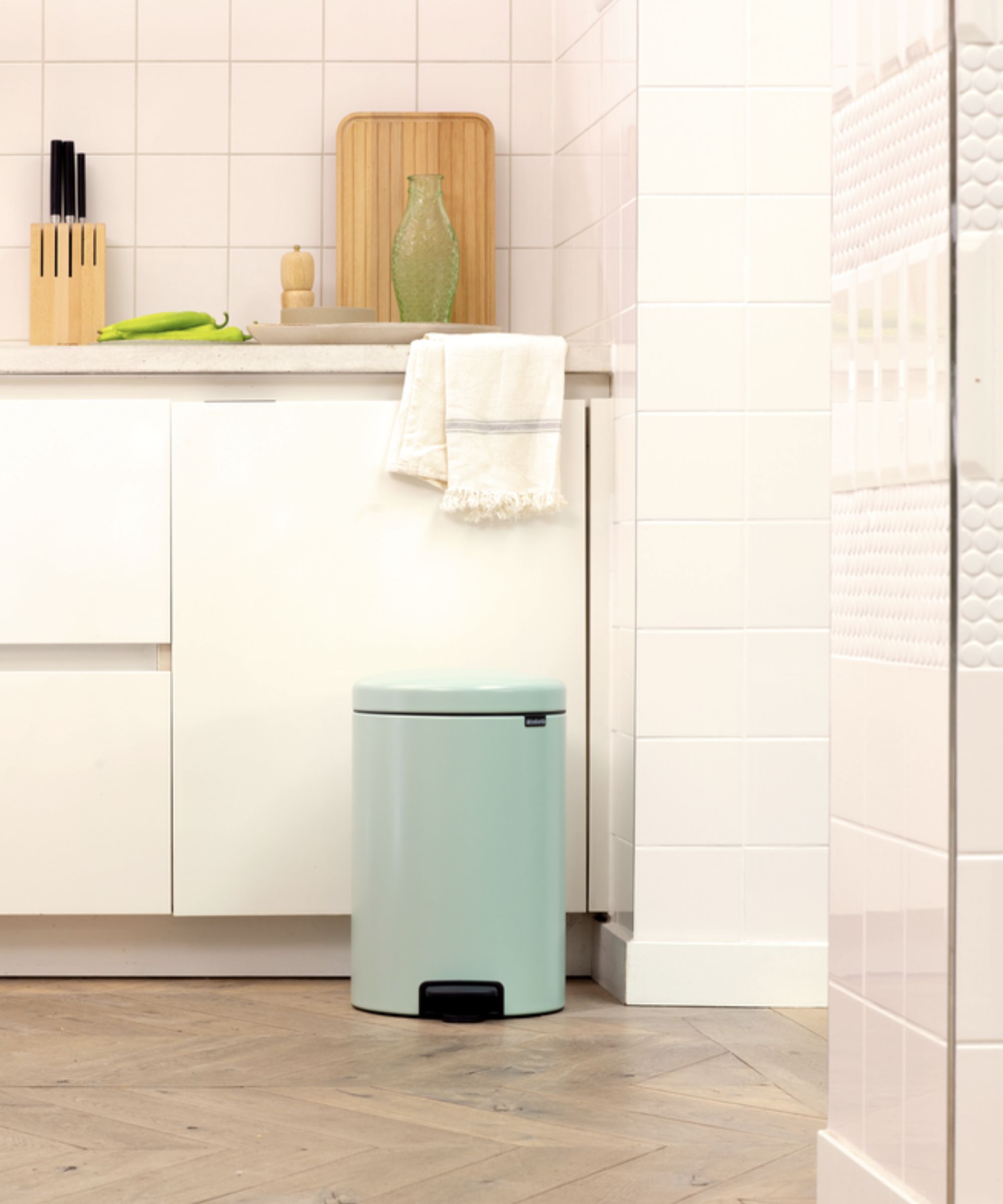
Recycling should be collected in a box, rather than a bag, for easier collection and disposal.
Stephanie Hicks, materials and recycling program manager at Trex Company, explains, 'Most people don’t realize that everyday plastics, such as shopping bags, produce bags, cereal box liners, dry cleaning sleeves, bubble wrap, and case overwrap, can’t be recycled in curbside recycling bins with other materials, such as paper, cardboard, and glass. The same goes for flexible plastic shipping pouches, like those from Amazon, FedEx, and UPS.'
Emy Kane, executive director and founding team member of Lonely Whale – an organization seeking to protect our oceans from plastic waste, adds, 'Soft, thin, film-like plastic – commonly used for grocery bags, food wrapping, and poly bags to ship clothes – accounts for nearly half of new plastic waste entering the ocean each year and is one of the trickiest plastics to properly dispose of. Thin film plastics are generally not accepted in curbside recycling as they clog sorting machinery, contaminate other recyclables, and offer minimal market value.'
All of these plastics that you can't reuse around your home can instead be dropped off at select grocery stores and retailers across the country because of partnerships with companies like Trex. Stephanie says, 'Trex partners with more than 32,000 grocery stores and retailers across the US to provide convenient drop-off locations for your miscellaneous plastics, and the sorting won't be in your hands.' You can learn more about drop-off locations here.
We recommend keeping a box to place your single-use plastic products inside ready to drop off. Something like the Mainstays Collapsible Fabric Cube Storage Bin from Walmart is simple to tuck away and can collapse when not in use.
Reusing your shopping bags, switching to tote bags, and donating spare plastic bags to thrift stores are two small ways to reduce your plastic consumption, bringing less into the recycling stream. Similarly, using beeswax wrap instead of cling film and plastic bags for food storage is a good idea, too. These Bee's Wrap Reusable Beeswax Food Wraps from Amazon are a popular choice and can be reused time and time again.
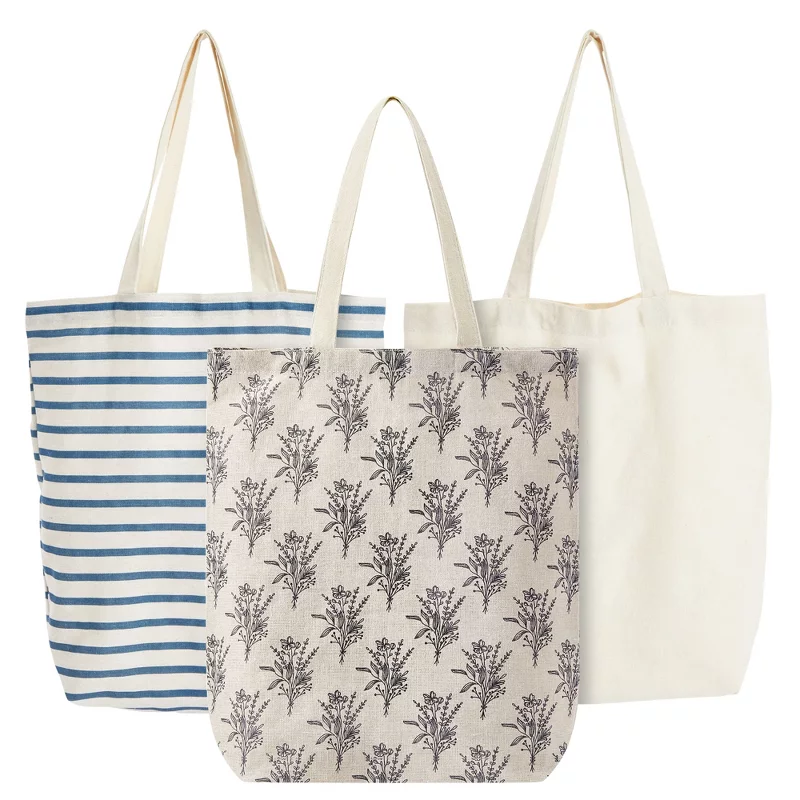
Perfect for quick store trips and grocery shops, these reusable tote bags can be neatly folded up and tucked into your handbag or pocket for any last-minute spends, reducing plastic waste.
3. Miscellanous plastic items
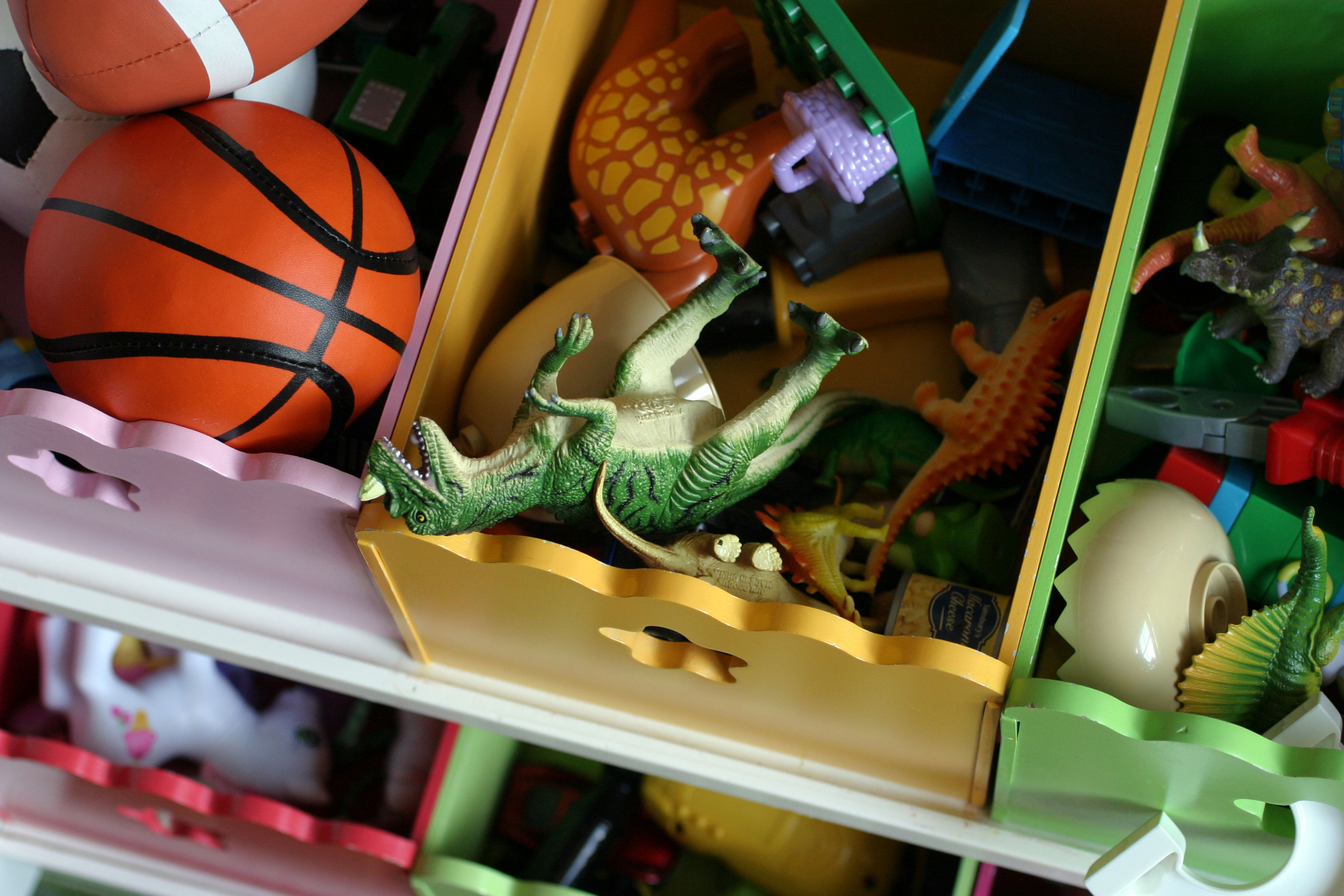
Small plastic toys are a great example of items that cannot be recycled at home.
A common mistake no one tells you about recycling at home is that just because something is made from plastic doesn't automatically mean it's recyclable. If only it were that simple! Broken children's toys, garden chairs, and old attic finds should most likely skip the recycling bin.
Brent Bell, vice president of recycling at Waste Management (WM), shares some of the common items he comes across in the recycling, as well as why they should be avoided.
He says, 'Don’t recycle things like garden hoses, ropes, and extension cords. These items can get tangled in recycling equipment, impacting operations and causing damage to equipment. WM also receives thousands of sports balls like basketballs, soccer balls, and even bowling balls for recycling. Sport balls do not belong in any recycling program!'
If you have spare children's toys or sporting equipment in good condition, you can declutter without throwing them away by donating them to a thrift store to keep them out of the landfill. Your garden hoses and other items in good condition could be donated as well, but if they are broken beyond repair, it's best to bring these to a disposal site directly to keep them out of garbage sorting machinery.
4. Batteries
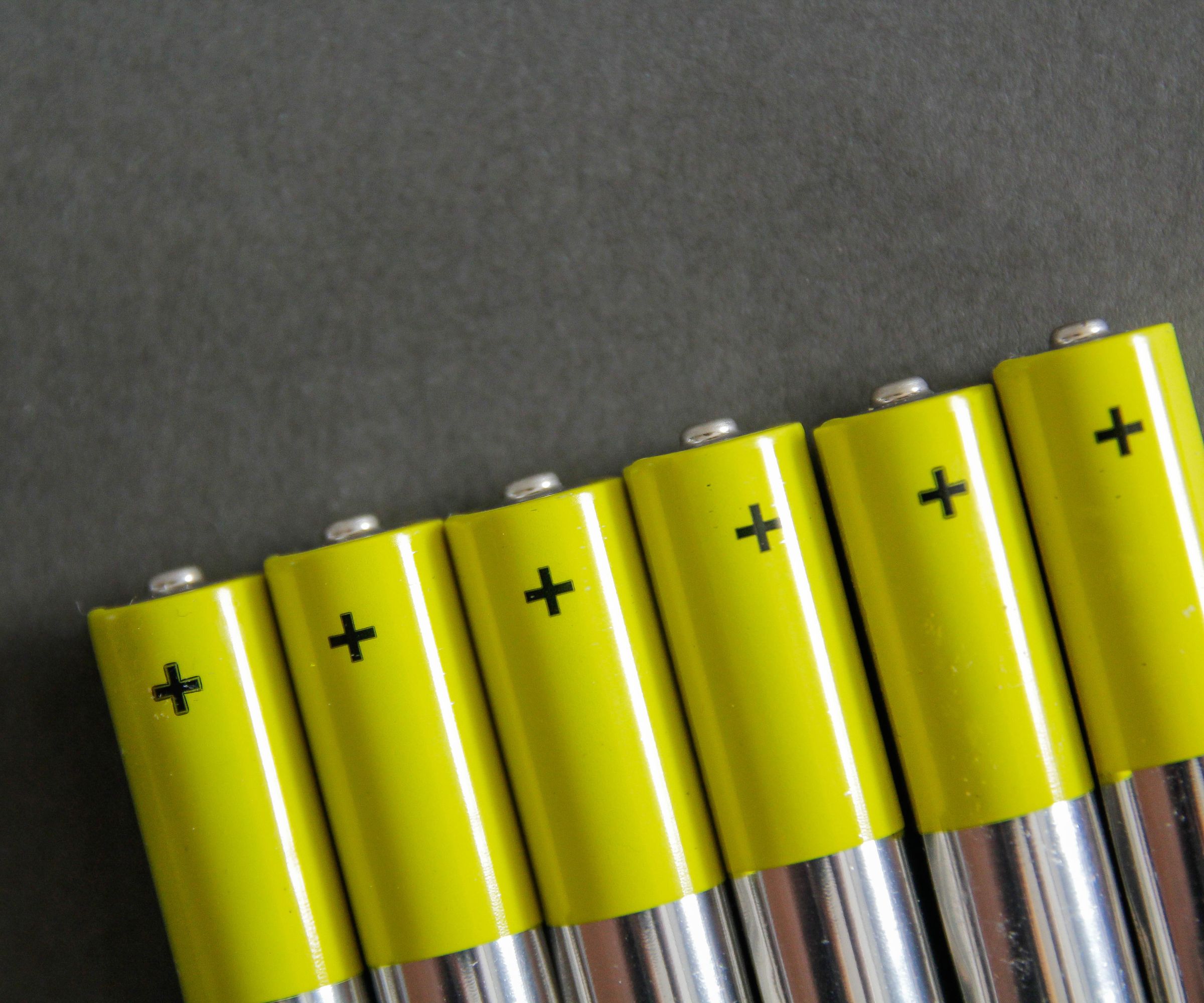
Batteries need to be disposed for safely to avoid environmental pollution and fire hazards.
Many of us know that batteries are recyclable but not how to recycle them. Unfortunately, it isn't as simple as just dropping them in with your paper and cardboard, especially as they are one of the many things you should never throw in the trash. In fact, if you place batteries in with your everyday recyclables it can pose a fire hazard.
Brent warns, 'It's important to keep batteries and propane tanks out of curbside recycling and waste bins, as they can cause fires at waste and recycling facilities.'
Instead, if you're seeking to recycle batteries, save them up in a container and keep your eyes peeled in grocery stores for local drop-offs. Switching to rechargeable batteries is a great swap too, especially if they are energy efficient. The Energizer Power Plus Rechargeable AA Batteries 8 Pack on Amazon are an ideal choice.
5. Bio-based compostable, or cornstarch plastics
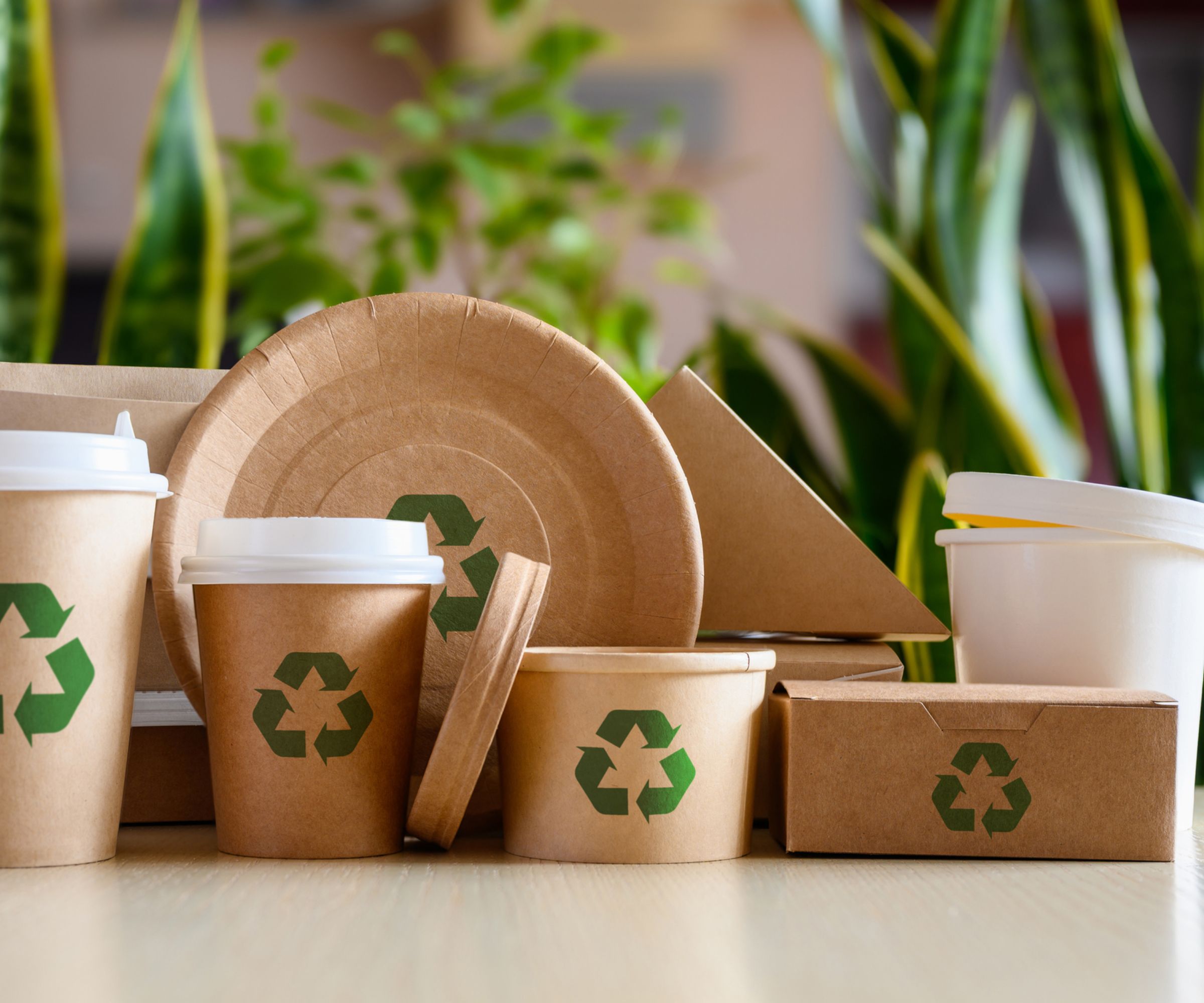
Just because it is a bio products, doesn't mean it is recyclable.
Bio-based products cause a lot of confusion, as they sound environmentally friendly and, in turn, like something that "should" be recyclable. However, in a lot of cases, they aren't: they can either be composted, or can't be recycled or composted at all.
Sandra warns, 'Be wary of bio-based or cornstarch plastics. These well-intentioned products can be a real problem. They are often mistaken for plastics, but they foul up plastic recycling streams, and they are often labeled "compostable," but they are not compostable in many areas. I avoid these products altogether, personally.'
If you're trying to be as close to zero waste as possible, perhaps research whether any local schools, care homes, or craft groups could use your bio-based waste in any upcoming DIY projects. This will keep the items out of landfills for longer and allow others to enjoy them.
Meet the experts

Brent Bell has been in the environmental services industry for 25 years. He is currently the Vice President of Recycling for WM, a leading environmental solutions provider and North America’s largest recycler. In his role, Brent is responsible for the operations of WM’s 100+ recycling facilities and the sales and marketing of recyclables, which can be sold to manufacturers to use as feedstock to create new products. Brent received a BBA with a degree in accounting from the Stephen F. Austin State University.

Sandra serves as Associate Dean for Interdisciplinary Engagement at the Columbia Climate School, and Professor of Professional Practice at Barnard College teaching courses in sustainable design, circularity, and climate. From 2013-2019, Sandra founded and operated Fixup, a social enterprise repair service dedicated to healthy and circular patterns of consumption. Sandra is also the co-creator of the Sustainable Production Toolkit, a free climate action and sustainability resource for performing arts organizations, Further, Sandra is the author of Fixation: How to Have Stuff without Breaking the Planet.

Stephanie Hicks is the Materials & Recycling Programs Manager at Trex Company and an expert on plastic film recycling. NexTrex aims to provide sustainable solutions to make packaging easier to recycle, as well as inform people about what is and isn't recyclable through their work.

Emy Kane is the Executive Director and a founding team member of Lonely Whale, an award-winning nonprofit dedicated to preventing plastic waste from entering the ocean. Across her career in communications and impact strategy, Emy has championed the power of storytelling to drive meaningful change.
Since its founding in 2015 by Adrian Grenier and Lucy Sumner, Lonely Whale has combined science, solutions, and storytelling to shift mindsets and catalyze action to advance alternatives to traditional plastics. Through global campaigns and programs driven by radical collaboration, the organization works across a wide spectrum of stakeholders to accelerate the adoption of innovative materials and systems that help prevent plastic waste from reaching the ocean.
It isn't just the smaller items that can be recycled at specialist collection points. Appliances are tricky for people to dispose of if they aren't in working condition to donate, so they often find a new home at the dump. But if you take some time to look into it, there are ways to declutter more sustainably. For instance, here's how to get rid of your old vacuum cleaner in 4 sustainable ways, and some of them may surprise you.
Sign up to the Homes & Gardens newsletter
Design expertise in your inbox – from inspiring decorating ideas and beautiful celebrity homes to practical gardening advice and shopping round-ups.

Ciéra is a writer and regional laureate with particular passions for art, design, philosophy and poetry. As well as contributing to Livingetc, she's an Editorial Assistant for Design Anthology, and a contributing writer for Homes & Gardens and Apartment Therapy. Previous commendations of hers include being Highly Commended by The Royal Society of Literature and receiving a prestigious MA Magazine Journalism scholarship to City University, London.
You must confirm your public display name before commenting
Please logout and then login again, you will then be prompted to enter your display name.
-
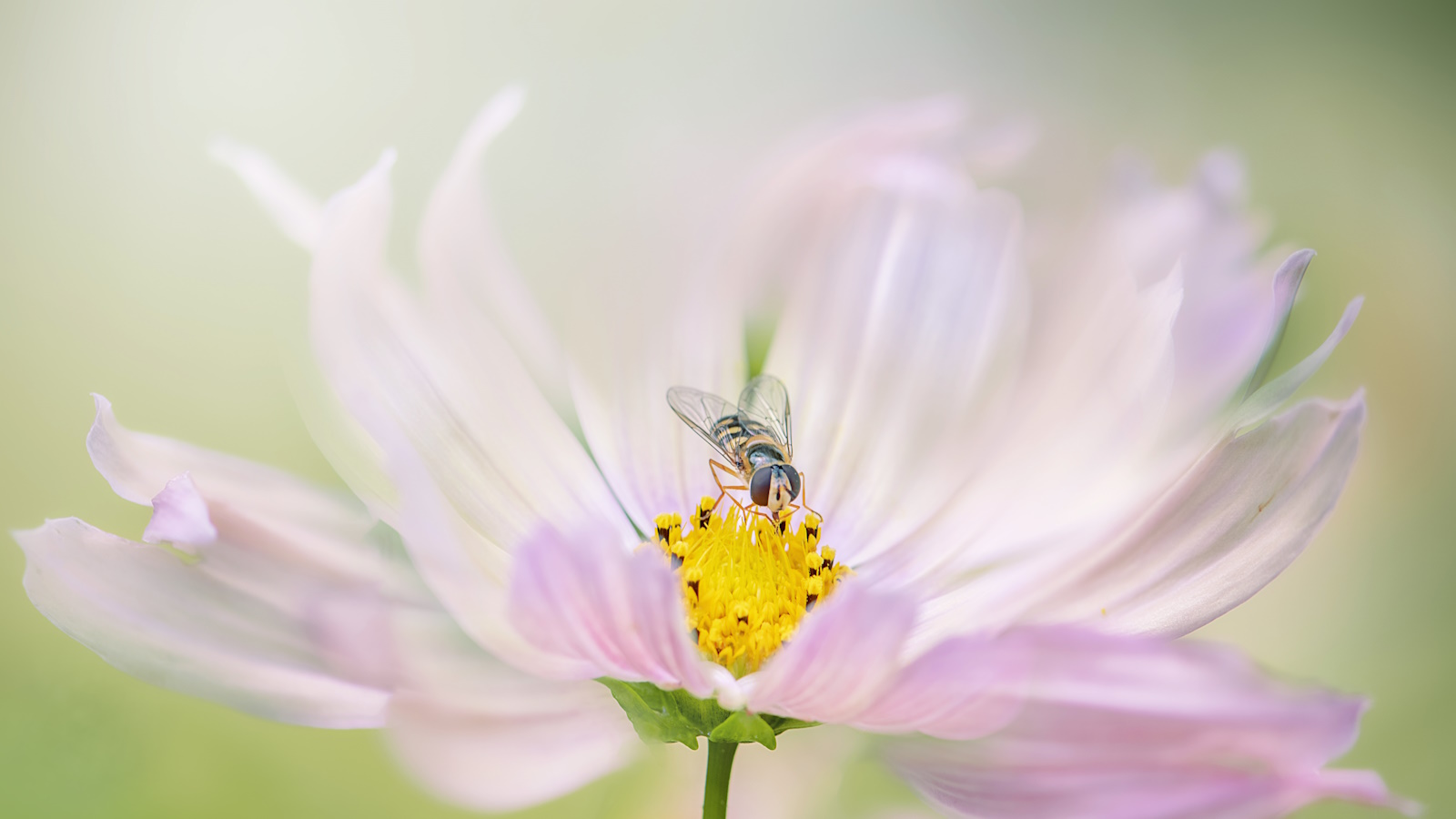 How to help hoverflies in your yard – discover the crucial role they play and 5 plants these underrated pollinators love
How to help hoverflies in your yard – discover the crucial role they play and 5 plants these underrated pollinators loveHoverflies are also an effective form of natural pest control
By Ciéra Cree
-
 Gwyneth Paltrow uses LED lights to bring a gallery-like feeling to her kitchen cabinets – you can achieve the same, unique look for $24
Gwyneth Paltrow uses LED lights to bring a gallery-like feeling to her kitchen cabinets – you can achieve the same, unique look for $24Gwyneth's glass-front cabinets become more chic and accessible with their hidden lights, which create a subtle glow in the space
By Hannah Ziegler
-
 5 surprisingly practical ways to re-purpose old bed sheets for cleaning, decluttering and storage at home
5 surprisingly practical ways to re-purpose old bed sheets for cleaning, decluttering and storage at homeDon't ditch worn-out bedding – there's life in them yet
By Natasha Brinsmead
-
 Do you need to turn the lights off when you leave a room? Experts have ended this time-honored debate once and for all
Do you need to turn the lights off when you leave a room? Experts have ended this time-honored debate once and for allOn or off? We delve into the details of this age-old dispute
By Chiana Dickson
-
 I tried the baking soda trick to quickly and naturally clean my outdoor rug – it’s now set for Easter outdoor hosting
I tried the baking soda trick to quickly and naturally clean my outdoor rug – it’s now set for Easter outdoor hostingBaking soda is perfect for lifting dirt and debris
By Eve Smallman
-
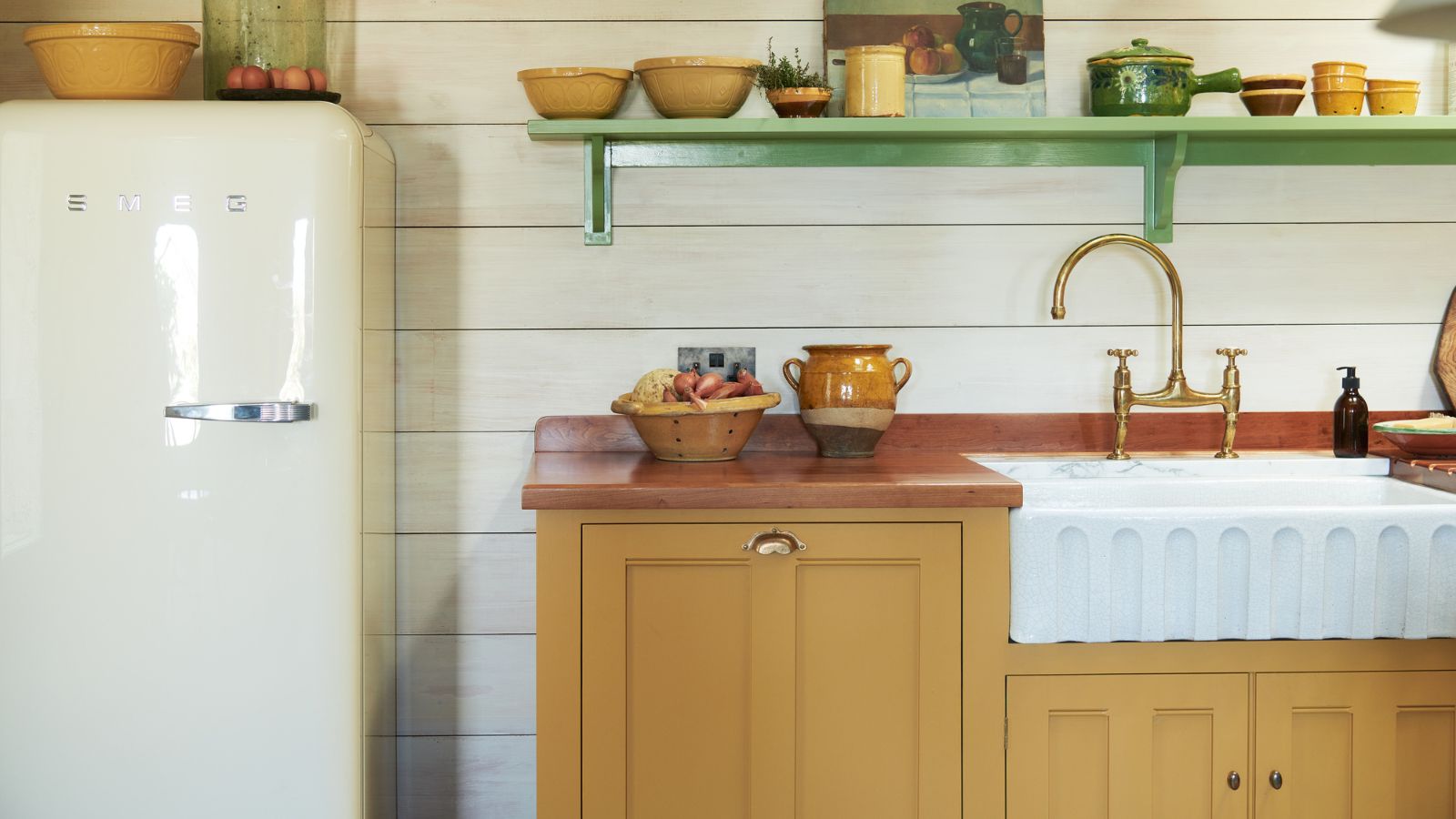 The 5 worst things you can do to your fridge – these will drive up energy costs and result in pricey and regrettable repairs
The 5 worst things you can do to your fridge – these will drive up energy costs and result in pricey and regrettable repairsIt's crucial to swerve these blunders, appliance experts warn
By Ottilie Blackhall
-
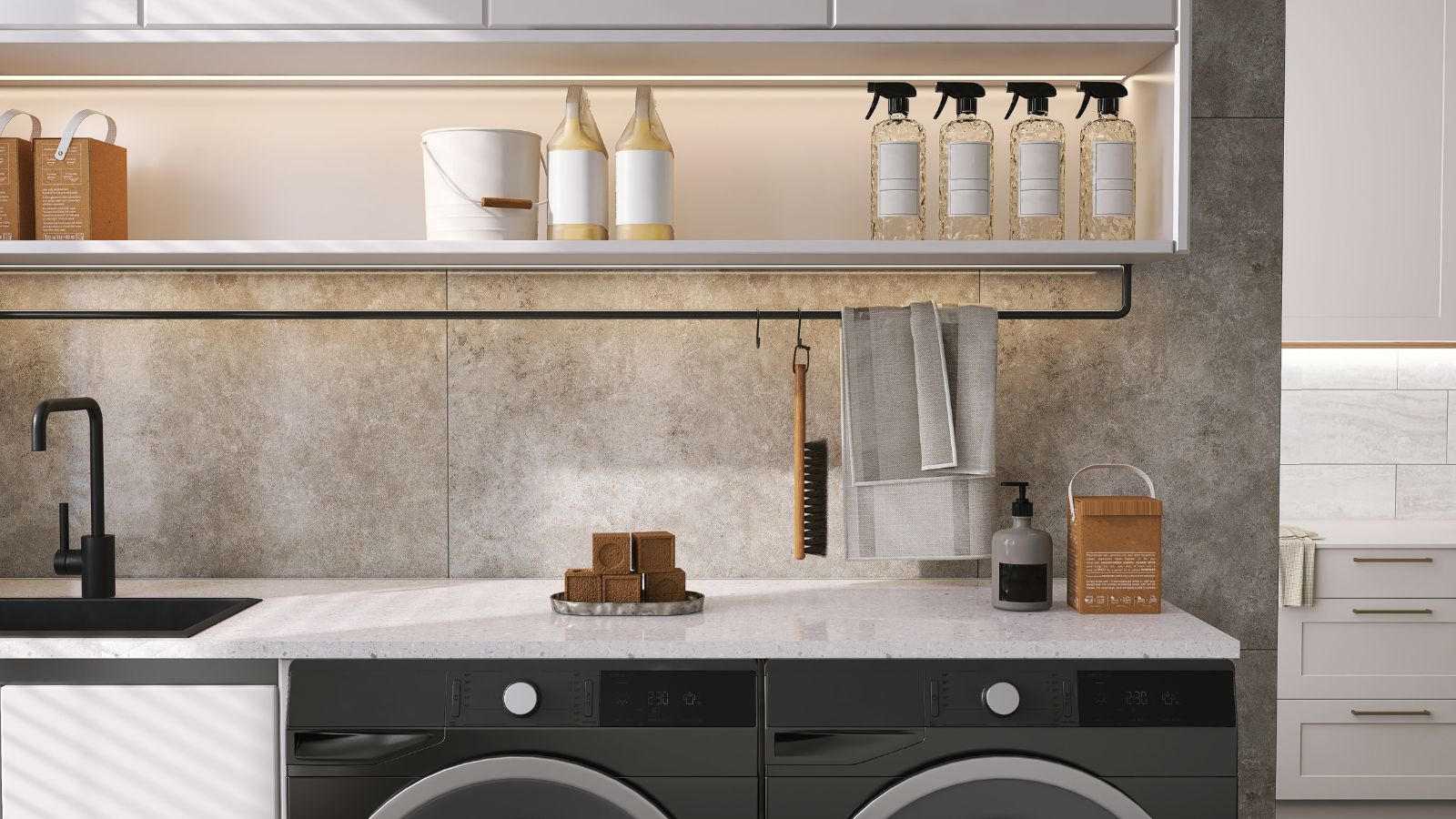 Extend the lifespan of your appliance with 5 simple but crucial washing machine maintenance tips
Extend the lifespan of your appliance with 5 simple but crucial washing machine maintenance tipsFrom cleaning the filters to keeping the door open, experts reveal the washer tips they swear by
By Andy van Terheyden
-
 5 vital ways a home battery backup can help with your most urgent needs in a power outage – from heating to flood prevention and calls
5 vital ways a home battery backup can help with your most urgent needs in a power outage – from heating to flood prevention and callsExperts say they're a worthy investment
By Clement Feng
-
 I’m an HVAC technician, and this is when I turn on my AC each year – plus 5 checks I always do beforehand
I’m an HVAC technician, and this is when I turn on my AC each year – plus 5 checks I always do beforehandSave yourself an AC hassle by running my checks and turning it on before big heat hits
By Josh Mitchell
-
 6 things you should never throw in the trash – and what to do for safe disposal instead
6 things you should never throw in the trash – and what to do for safe disposal insteadFrom batteries to space heaters, experts reveal what not to throw
By Andy van Terheyden